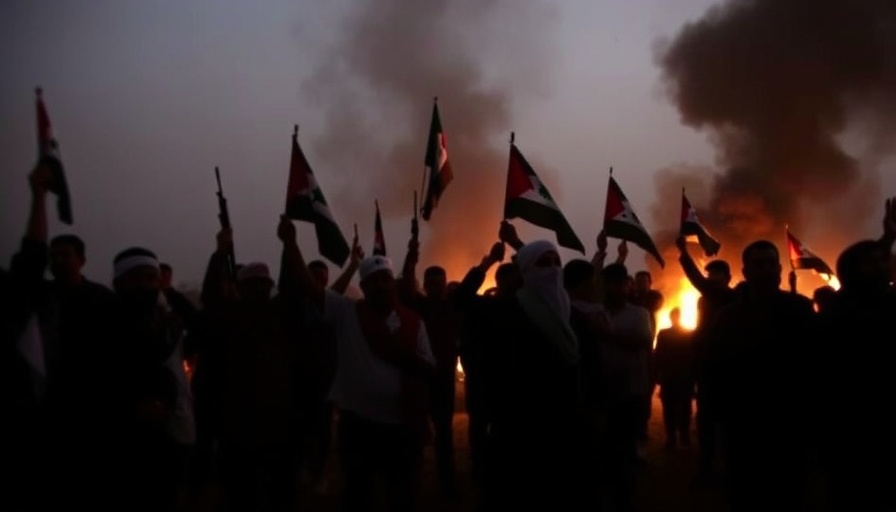
A Cautious Step Towards Peace: The Israel-Hamas Truce
After two arduous years of warfare that have devastated Gaza and drawn international condemnation, Israel and Hamas have struck a historic agreement to exchange hostages and prisoners. This temporary ceasefire represents a significant yet tentative step towards restoring peace in a region tainted by violence and loss.
Breakthrough After a Devastating Conflict
As families of hostages in Israel celebrated the news of their loved ones possibly being released, the deep scars of the conflict became apparent across Gaza. Over 67,000 Palestinians have lost their lives in the conflict, many of whom were innocent civilians caught in the crossfire. Yet, the fragile agreement reached is steeped in uncertainty. While the Israeli military confirmed that operations will continue against threats, Hamas has showcased a readiness to release hostages in exchange for Palestinian prisoners. Both sides find themselves standing on shifting sands, with cautious optimism on one end and lingering fear on the other.
Negotiations and Their Implications
The terms of the agreement involve the release of 250 long-term Palestinian prisoners and approximately 1,700 individuals detained since the start of the war, sparking bitter debate over the future governance and disarmament of the region. Internationally, the involvement of the U.S. under President Donald Trump's administration has led to tight negotiations that laid the groundwork for this peace accord. Questions loom about how this will affect the political landscape within Gaza's borders and whether Hamas will genuinely engage in disarmament as part of the peace plan.
Public Reactions: Hope Amidst Grief
In Gaza, the response to the ceasefire announcement was marked by a mix of joy and sorrow. While some expressed relief and the hope of a return to normality, others were plunged into thoughts of the loss experienced during the past two years. “I am happy and unhappy,” shared Mohammad Al-Farra, a resident of Khan Younis, echoing the sentiments of many who have seen their loved ones perish and homes destroyed. Meanwhile, families in Israel welcomed the news with tears of joy, highlighting the emotional toll marked by two years of horror and uncertainty.
Looking Ahead: The Next Steps in the Peace Process
The first phase of the ceasefire is only a fraction of the broader U.S.-led peace plan, which outlines various conditions for a more permanent resolution. One key stipulation is the proposed disarmament of Hamas, which remains to be seen if it will truly transpire. Initial assessments underline the need for constructive dialogue that acknowledges the fraught history while also paving ways for reconciliation and rebuilding efforts.
Insights for Future Resolutions
Maintaining momentum in negotiations is crucial, as history suggests that agreements can falter without sustained international engagement. Regional stakeholders from Egypt to Turkey are expected to play roles in overseeing compliance and aid mobilization. For civilians longing for peace, the next steps will determine whether this fragile agreement can evolve into a lasting resolution.
Conclusion: A Call for Unity and Understanding
As the world watches with bated breath, the commitment to peace hinges not merely on military agreements but on a collaborative humanitarian approach that fosters healing and dignity for all affected. It is imperative that both sides seize this moment of potential change, ensuring that the sacrifices made do not go in vain. Residents wish for a future where their children can grow up amidst hope, not hostility.
To advocate for a more peaceful resolution, engage with local and national organizations working to support the rebuilding of communities affected by conflict. Your voice can help make a difference in shaping a future marked by coexistence and understanding.
 Add Element
Add Element  Add Row
Add Row 



Write A Comment